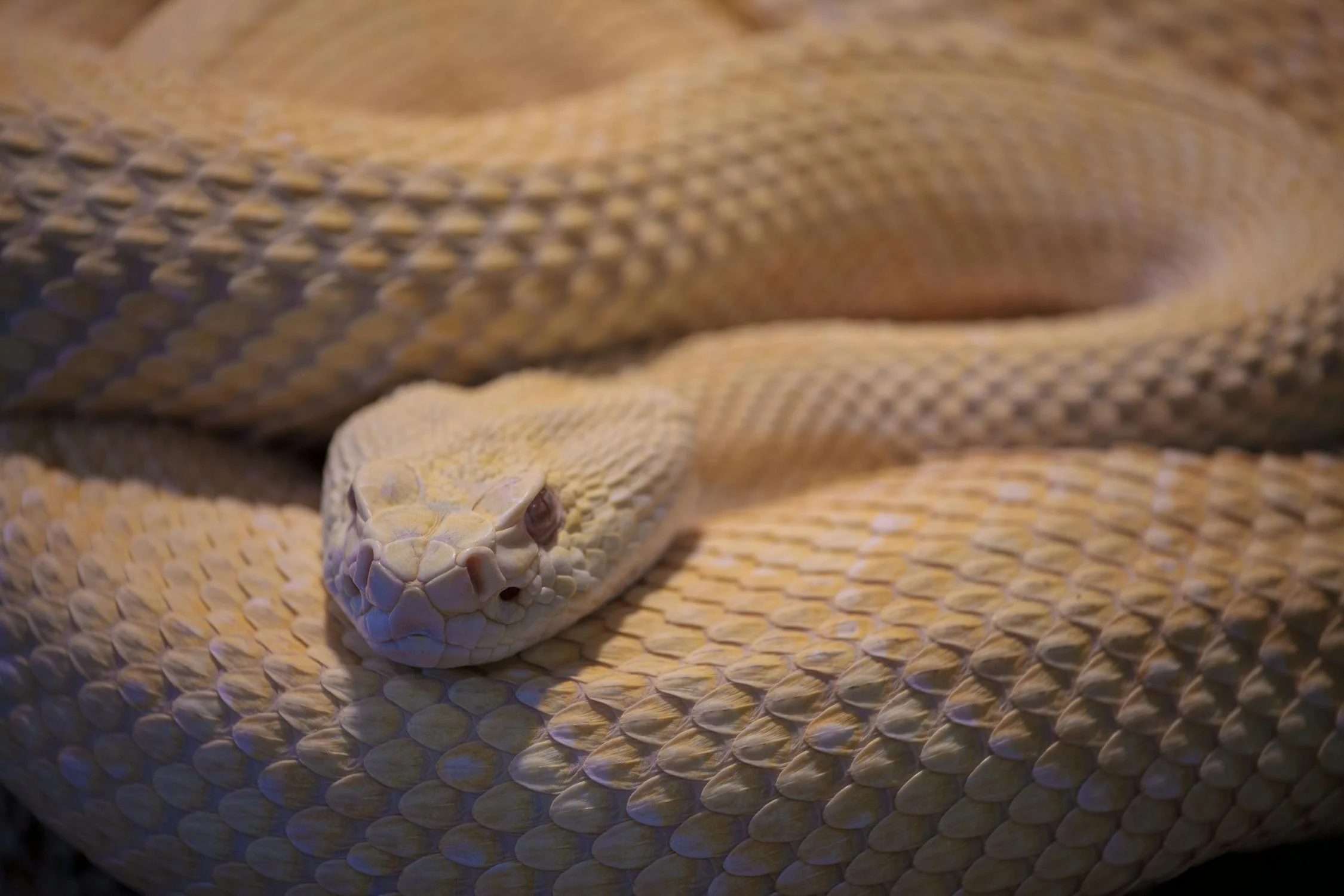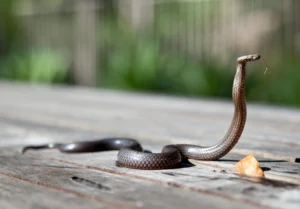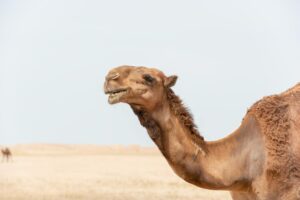The world of animals: How does a snake give birth?

Do you know how a snake is born? Snakes belong to the class of reptiles, but they have special characteristics. Its body is long and cylindrical; it has no legs, no eyelids, and no external ears.
The flexible scales cover the bodies of snakes, and they are cold-blooded. Therefore, they rely on external air temperature to regulate their body temperature, and although snakes do not have legs, they are able to move quickly thanks to the sequential contraction and relaxation of their flexible body muscles. Snakes adapt to living in cold areas. They begin hibernating when the cold intensifies, and they remain in this state until spring starts and the temperature rises again.
As for the snakes that live in desert areas, they spend the hot season in the abandoned burrows that other animals have dug. Other animals.
Snake reproduction
The mating rituals and seasons of snakes vary depending on their species and the environment they live in. The mating season for snakes living in cold places begins at the end of spring and lasts only until the beginning of summer, while snakes living in tropical areas can mate year-round.
The female announces her readiness to mate with the distinctive pheromone scents secreted from special glands, and when the male smells this scent, he begins searching for the female. If he encounters another male on his way, a fierce fight ensues. Each tries to subdue the other by pushing their opponent’s head down in a manner similar to arm wrestling (the “kossa”) while the defeated one flees.
The victor then begins courting the female, deciding whether to mate with her or not. Courtship in the snake world takes several forms, including the male and female standing parallel to each other, with the male starting to shake around the female in a dance.
Some species of snakes mate differently, where the males start searching for the female, and when they find her, they form what is known as a mating ball around her. Once one of them manages to mate with her, the rest of the males move away. The male separates from the female immediately after mating. On one hand, the female becomes aggressive if the male remains close to her after mating, and on the other hand, the male prefers to quickly search for another mating opportunity if possible.
The female can store sperm inside her body for up to a year or more, and she can choose the sperm she uses to fertilize the eggs. Snakes are classified according to their reproduction method into three types: oviparous snakes, viviparous snakes, and ovoviviparous snakes.
Egg-laying snakes
70% of snake species reproduce by laying eggs, making them oviparous animals. Elapidae, such as cobras and mambas, often abandon the eggs immediately after laying them, but females of some species incubate the eggs to provide them with the appropriate temperature until they hatch. As for the female king cobra, she builds a nest to lay her eggs and stays near the eggs until the young hatch, then she goes on her way.
The birth of snakes
Viviparous snakes are considered one of the strange phenomena in the world of reptiles, and among the most famous types of snakes that give birth are the boa constrictor and the green anaconda. The yolk sac.
Some snakes produce eggs but retain them inside their bodies until they hatch. While the eggshells remain inside the mother’s body, the live young emerge from the mother’s body, as in the case of live birth. Animals that reproduce in this way are called ovoviviparous. And when the young ones emerge alive from the mother’s body, whether the snakes give birth or lay eggs and give birth, the young ones complete their growth and start to rely on themselves from the moment they come into the world. Therefore, the venomous species are equipped with fangs, and the venom glands are ready to function.
Snake growth

Snakes continue to grow throughout their lives, and their growth rate is remarkable for pre-adolescent snakes, then gradually decreases but never stops. Snakes only shed the outer layer of their skin, not the entire skin, and this process is called ecdysis.
Most snakes shed their skin (4–8) times a year, and the shedding rate depends on several factors, including the snake’s activity level, the amount of food it receives, and the temperature of the environment it lives in. The melting process is preceded by a period of one to two weeks.
During this time, the skin becomes dull, and the snake exhibits nervousness and aggression; this is because it cannot see due to a blue cloud appearing over its eyes. When the new skin grows under the old skin, the snake uses rough surfaces; it rubs its head skin against them to shed the old skin, then continues to rub its body and stick between rough objects until the old skin adheres to them, allowing it to get rid of it.
In this way, the snake sheds its skin in one piece. His skin may shed in separate pieces, leaving some parts still attached to his body.
Feeding the snake
The feeding methods of snakes vary depending on their types. Some snakes adopt an active hunting method, moving from one place to another in search of prey, while there are large snakes that stay in one place, waiting for other animals to approach them. In some cases, they may have to move to another location if they do not succeed in hunting. Snakes are capable of locating their prey in several ways. Some snakes have special pits on the sides of their heads to sense the heat of their prey and locate it.
And it can use its forked tongue, which moves constantly to capture scents, in addition to its ability to detect vibrations produced by the movement of other animals. Up to six feet towards the prey, as in the spitting cobra, non-venomous snakes wrap around their prey and squeeze it to death. The list includes snakes, mammals, fish, and frogs. Some types of snakes feed on other snakes. Snakes do not chew their prey; they swallow it whole. Some snakes have adapted to eating eggs, especially bird eggs, so they have sharp bones in their throats that break the egg and consume its contents, and then they feed on the shell. Spits




